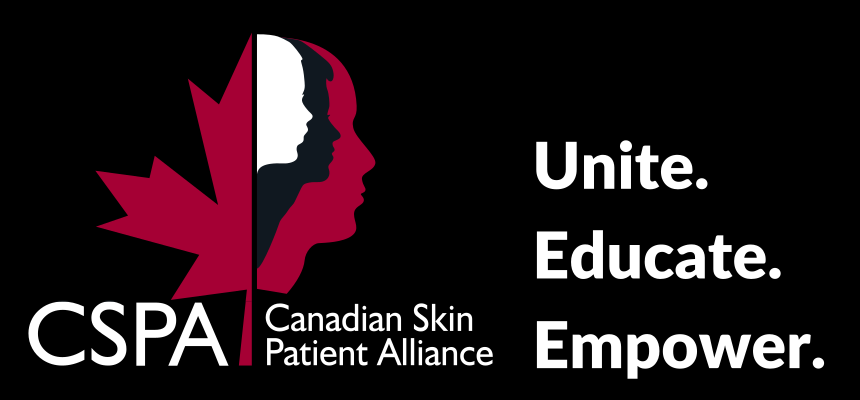Symptoms
Acne can be mild, moderate or severe, and its symptoms depend on its severity.
Mild acne (non-inflammatory acne): Most people with mild, or non-inflammatory, acne develop whiteheads and blackheads on their face. Whiteheads are white bumps on the skin made up of collections of trapped sebum and dead skin cells. Blackheads are pin-sized black dots on the skin that form when pores are partially blocked and air oxidizes trapped sebum, creating a dark residue.
Moderate to severe acne (inflammatory acne): Inflammatory acne is more severe and can lead to permanent skin discoloration and scarring. This type of acne causes red bumps to appear on the skin, called pimples, which form when blocked pores become infected with bacteria.
Sometimes pimples burst under the skin and release bacteria into surrounding tissue, creating papules. When inflammation and pus build up in papules, they become pustules, which can feel sore and develop a white pus pocket in their centre.
If the inner walls of the infected pores burst and cause inflammation deeper under the skin, nodules form. The body’s immune system response is to enclose these nodules in fluid-filled sacs, called cysts. Nodules and cysts can be very painful.











